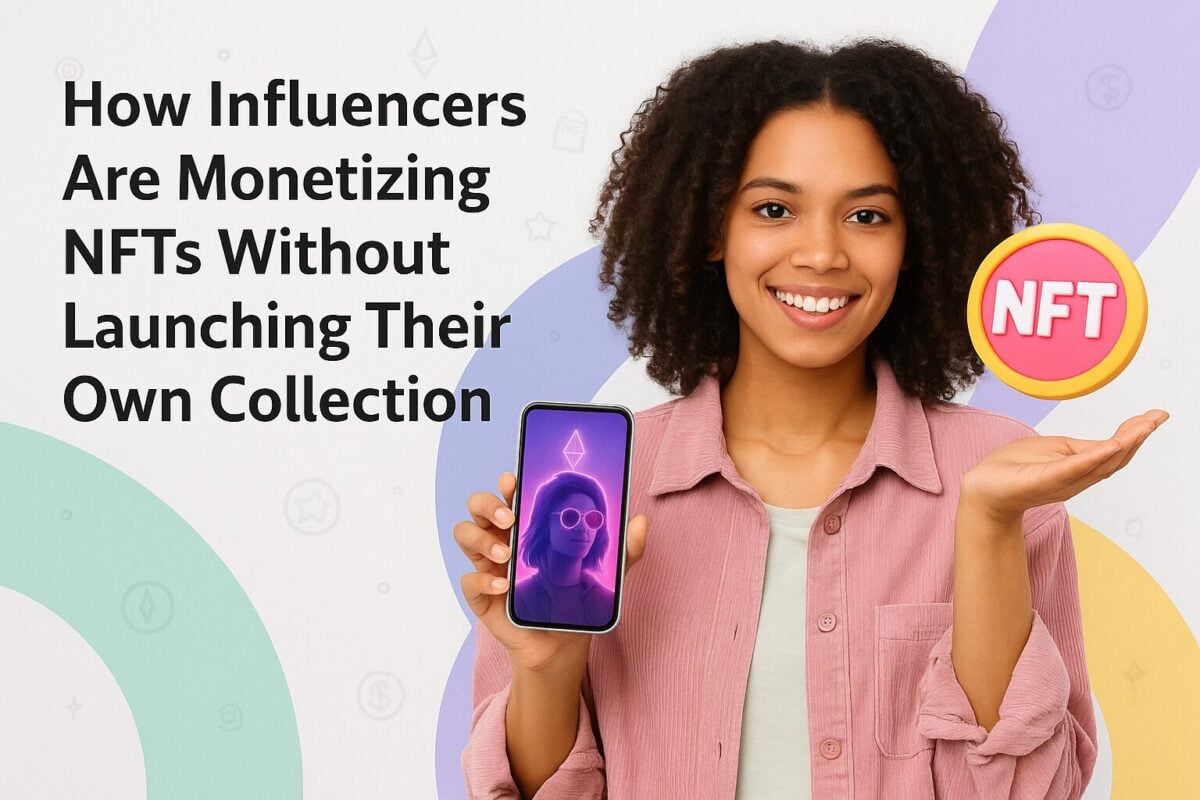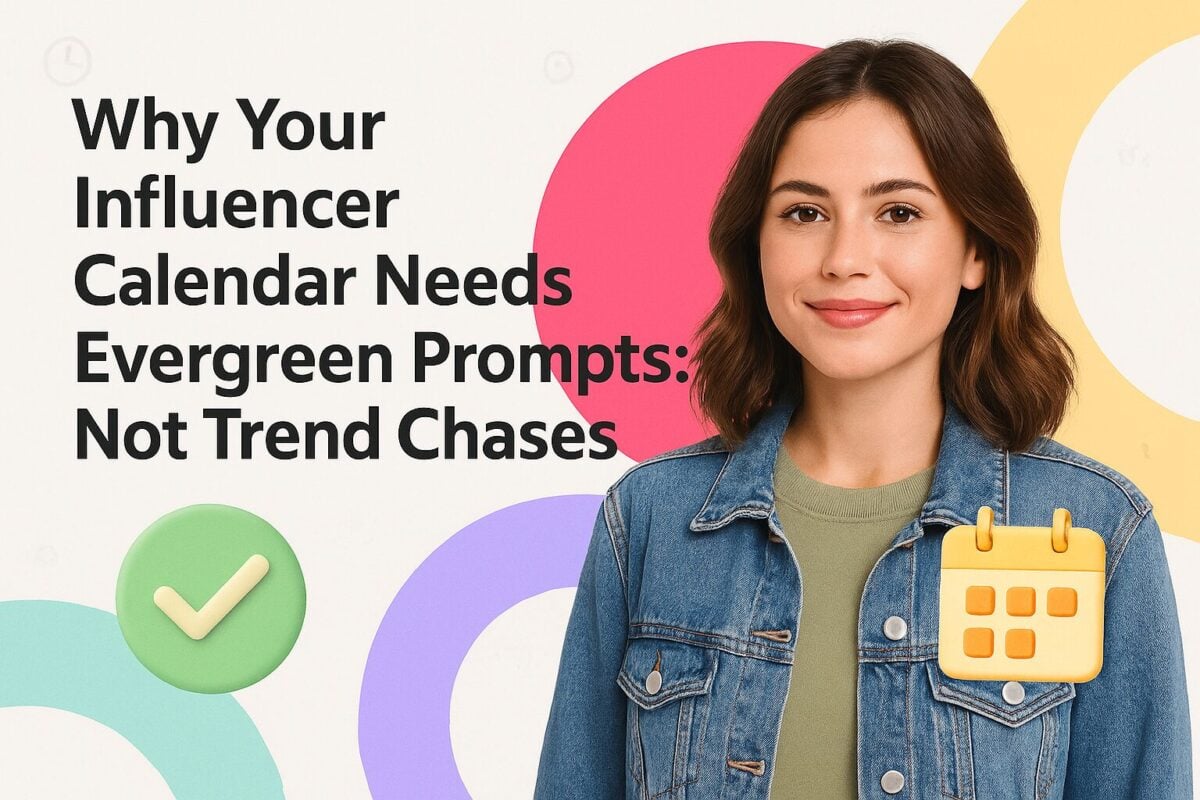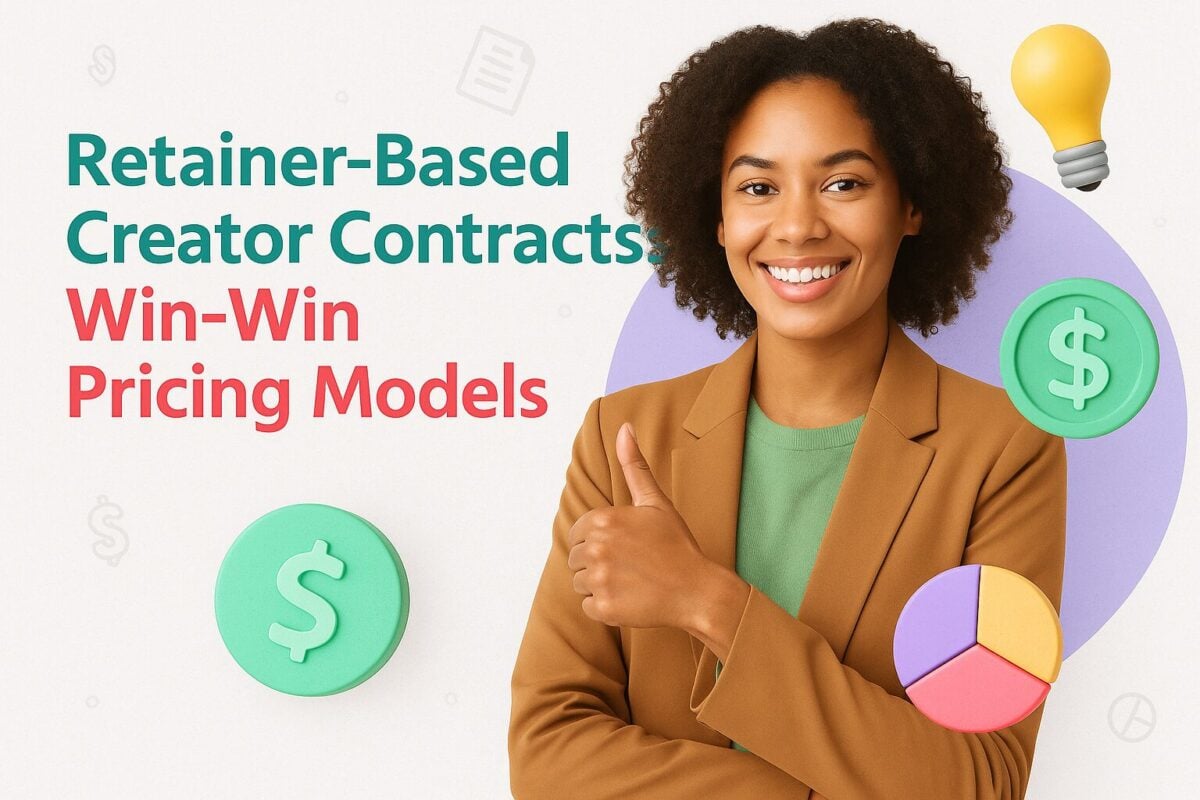Don’t judge a book by its cover. We’ve heard this quote a million times. But it doesn’t hold true for emails. The bitter truth is that 47% of people judge emails solely by their subject lines. We know it’s unfair, but people open emails only if they find the subject lines intriguing.
That is why it’s important to know how to write catchy subject lines. If you don’t, your email campaigns will be a worthless exercise. Your emails will have a low open rate and an even lower click-through rate. And all of your valuable, well-crafted email content will go undiscovered.
19 Tips to Write Catchy Email Subject Lines:
- 1. Keep It Short
- 2. Give it a Personal Touch
- 3.Touch on a Pain Point
- 4. Create a Sense of Urgency or Scarcity
- 5. Offer a Shortcut
- 6. Feed Their Curiosity
- 7. Tell a Story
- 8. Ride the Trend
- 9. Throw Caution to the Wind
- 10. Play the Numbers Game
- 11. Offer a Great Deal
- 12. Optimise for Google
- 13. Go Local
- 14. Tickle the Funny Bone
- 15. Use Emojis
- 16. Don’t Let Them Leave
- 17. Lists Work
- 18. Leverage tools
- 19. Be Direct
Tips to Write Catchy Email Subject Lines
Now that you understand the importance of writing compelling subject lines, you need more than writing skills to craft them. And you can’t exactly use a hit-or-miss approach on your prospects. The risk of getting blacklisted is too great.
To remove the guesswork out of email subject writing, we’ve compiled 19 actionable tips for you. Here we go.
1. Keep It Short
Lengthy subject lines get cut off, especially if the recipient is on a mobile device. As a result, people don’t get to see the complete context of your subject line and may ignore your email.
Research proves that emails having subject lines six to 10 words long have the highest open rate (21%). Hence, the ideal subject line is approximately eight words long. Another study found that 80% of emails are accessed via mobile devices, so it’s important to keep your subjects short and crisp.

2. Give it a Personal Touch
If you want your emails to stand out in the inboxes of your subscribers, you need to ditch the generic approach. Personalise your subject lines to catch your recipients’ attention. A subject line starting with “Hey Sarah!” is always more striking than a bland, “Dear valued customer.”
Using the recipient’s name is not the only way of striking a chord with your audience. You can use birthday offers, casual language, or recommended products.
Check out these examples:
- Happy anniversary - here’s a surprise for you.
- Are you free this weekend?
- Hey, here’s something you’ll love for your birthday.
- I’ve got hand-picked looks for you.
3.Touch on a Pain Point
If you really know your audience, you’ll know their challenges and pain points. An email subject line that promises or offers to solve their problems is bound to be a big hit. To build curiosity, you can start the subject line with a question.
Here are some examples:
- Get more kitchen space with these easy fixes. (IKEA)
- Want to entertain without breaking the bank? (Pizza Hut)
- Where do all these toys go? (IKEA)
4. Create a Sense of Urgency or Scarcity
The fear of missing out (FOMO) is big amongst millennial and Gen Z subscribers. You can capitalise on this tendency to create clickbait email subject lines. Include limited period/seat offers and deal expiration warnings in your subjects. Most people find them hard to resist.
Here are some excellent examples:
- 100 seats left! We’re offering them at an unbelievable price.
- The red polka-dotted skirt you picked is selling out fast!
- You’re losing out on flyer miles.
- Today’s deal: $50 for one-year of Netflix.
5. Offer a Shortcut
Everybody appreciates a quick workaround solution. If your email promises to save the recipient considerable effort, it’s sure to grab eyeballs. Your email subject line can mention a template, tool, or checklist to help your subscribers attain their goals more easily.
Here are a few great examples:
- Here’s a 10-point checklist to create effective email campaigns
- 25 unique blog post ideas for social media
- Here’s a tool to analyse your subject lines’ efficacy
6. Feed Their Curiosity
Humans are naturally curious. Clever subject lines pique curiosity to a level that people can’t help but open the email. You can ask an open-ended question, or say something to trigger a counteractive effect.
Though your subject need not always be contextually relevant to the body of your email, it should not be entirely misleading. Readers might perceive this as a desperate attempt to seek attention and you might find yourself with a shorter contact list.
Check out these examples:
- Don’t you dare open this email.
- The secret is out…
- Do you remember me?
- These flights ...for THOSE prices?
7. Tell a Story
Stories sell. And that’s especially true for email subject lines. At times, you can modulate your email content to sound like an interesting story. The subject line should reveal the story’s plot but not give away the whole deal.
For instance, an email with the subject, “How I made a million with just $100 in my pocket” is guaranteed to get more clicks than something like, “10 steps to make your first million.”
8. Ride the Trend
Netizens are obsessed with being at the top of the latest technology, services, gadgets, and trends. Be it food or fashion, they want to be ahead of the pack. Your email subject line can feed on this desire.
Here’s some examples of how you can do it:
- Top Fall Picks for 2020
- Exclusive sneak peek: New iPhone 10
- Now trending: Crimson lip balm
9. Throw Caution to the Wind
You need not always drive in the safe lane when it comes to email subject lines. Controversial subject lines can give extraordinary returns in regard to the average email open rates. You can say something entirely scandalous or outrageous about the recipient and compel them to dig deeper.
This strategy can backfire if your subject line sounds offensive. So, use this hack only with prospects you know fairly well.
Here are some examples:
- Your staff is robbing you.
- How can you write such atrocious emails?
- You’re about to go bankrupt.
10. Play the Numbers Game
Statistics in email subject lines are also proving to be effective baits. They feed our need for information and knowledge. This straightforward strategy is fairly easy to pull off. Just make sure that you have sufficient data-backed points in your email content.
Find some examples below:
- 80% of businesses will be using AI by 2020
- The latest crime statistics in your locality
- You can get 50% more returns from stocks
11. Offer a Great Deal
A tried and tested hack is to mention discounts or freebies in your email subject line. The key is to have a well-targeted subscriber list and a legit offer.
However, there are some things you need to keep in mind. One, refrain from including “free” and “buy now” in the subject line (they look spammy). Two, try to offer high-end items or exclusive deals/promotions. Three, percent-off deals are more appealing than dollar-off deals.

Image via Retention Science
12. Optimise for Google
To improve the visibility of your email message, you can include keywords in your subject lines. The more often your email ranks on Google, the greater will be the likelihood of them being clicked. Here again, you need to be subtle. Weave keywords within the subject content without disrupting the flow.
13. Go Local
You can hook subscribers by mentioning their neighbourhood in the email subject line. People are always curious to know what’s happening around them, so they will most probably clickon the email. You can also use their local language or refer to a local attraction or event.
Here are some examples:
- Cool in Colorado: Top 10 hangout zones
- Which are the best eating joints in Haiti?
- Come, join us in Santa Monica
14. Tickle the Funny Bone
Nothing works like humour. A contact who laughs after reading your email subject line is surely going to open and read your email. So, you need to put your thinking cap on and come up with fun subject lines.
Here’s how leading brands are using witty wordplay to hook contacts:
- Hey, were you gonna delete this? (Groupon)
- Open up and say wowie zowie! (Dollar Shave Club)
15. Use Emojis
Contrary to popular belief, emojis don’t make your email subject lines look “less professional.” In fact, businesses are using emojis to engage with recipients in a big way. 56% of businesses have reported a higher email open rate after using emojis and symbols in their subject lines.
Replacing text with emojis can shorten the subject line and make it fit snugly on small mobile screens. Plus, emojis look bright and can really make your email stand out in a crowded inbox.
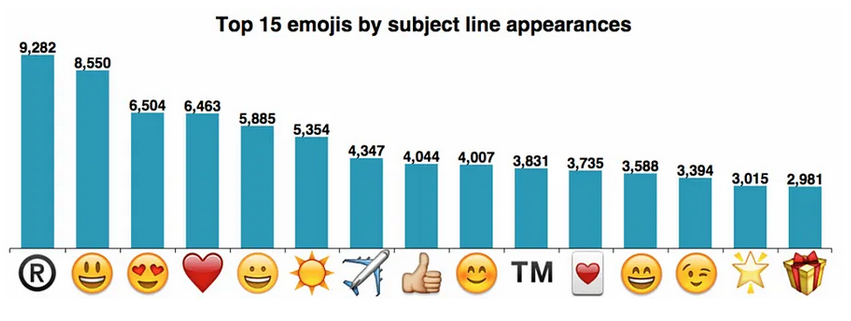
Image via Mailchimp
16. Don’t Let Them Leave
No matter how good your email campaign or your value proposition, there will be some prospects who will slip out of the sales funnel. Your emails can retarget these lost contacts and reel them in. In such cases, you can sweeten the deal by offering some incentive.
Check out these retargeting email subject lines:
- Hey, your shopping cart is waiting for you.
- The GAP jersey on your wishlist is marked down 50% now.
- Exclusive promo codes just for your cart.
17. Lists Work
People love lists for a reason. They break down complex chunks of text into snackable items that are easy to retain. Plus, the human brain focuses more on numbers than on text. For these reasons, successful email marketers use lists in their subject lines.
Here are some list email subject lines:
- 10 wardrobe essentials for this fall
- Top 5 metrics for your influencer marketing campaigns
- 3 ways you can become more productive
18. Leverage tools
There are many tools you can use to analyse your subject lines’ efficacy and responsiveness. Zurb’s TestSubject shows how your email subject line will look on different screen sizes. Headline analyzers such as CoSchedule and Send Check It rate your subject lines and give suggestions for improving them.
You can also use free email marketing tools that provide end-to-end solutions for your email marketing campaigns. They optimise your email subject lines as well as body content.
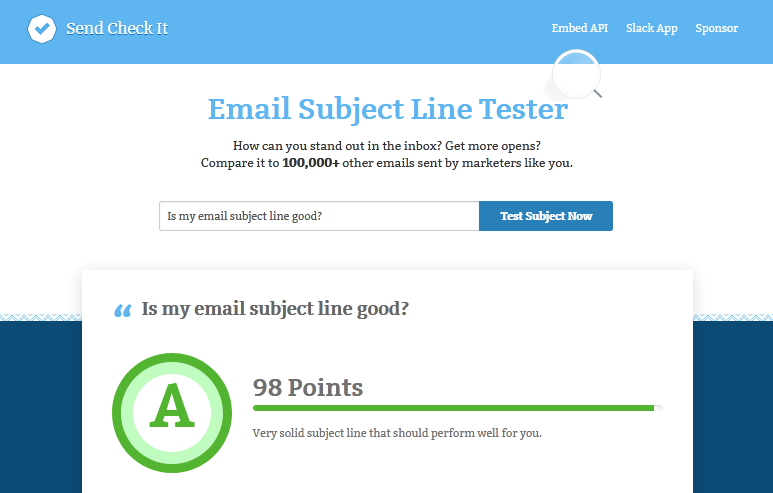
Image via Send Check It
19. Be Direct
If all else fails, a straightforward subject line can work wonders for your email open rate. While these subject lines may seem unimaginative, they have an unbeaten conversion rate.
Here are some examples:
- [ABC] newsletter 2020
- [ABC] wishes you happy holidays
- News bulletin 2019-20 from [ABC]
Final Thoughts
A wise person once said, “Invest the same amount of time in writing an email’s subject as you do in writing its content.” And it’s indeed true.
Email subject lines can make or break your email marketing campaigns. These tips will guide you in drafting effective email subject lines and in reducing your unsubscribe and bounce rates.

